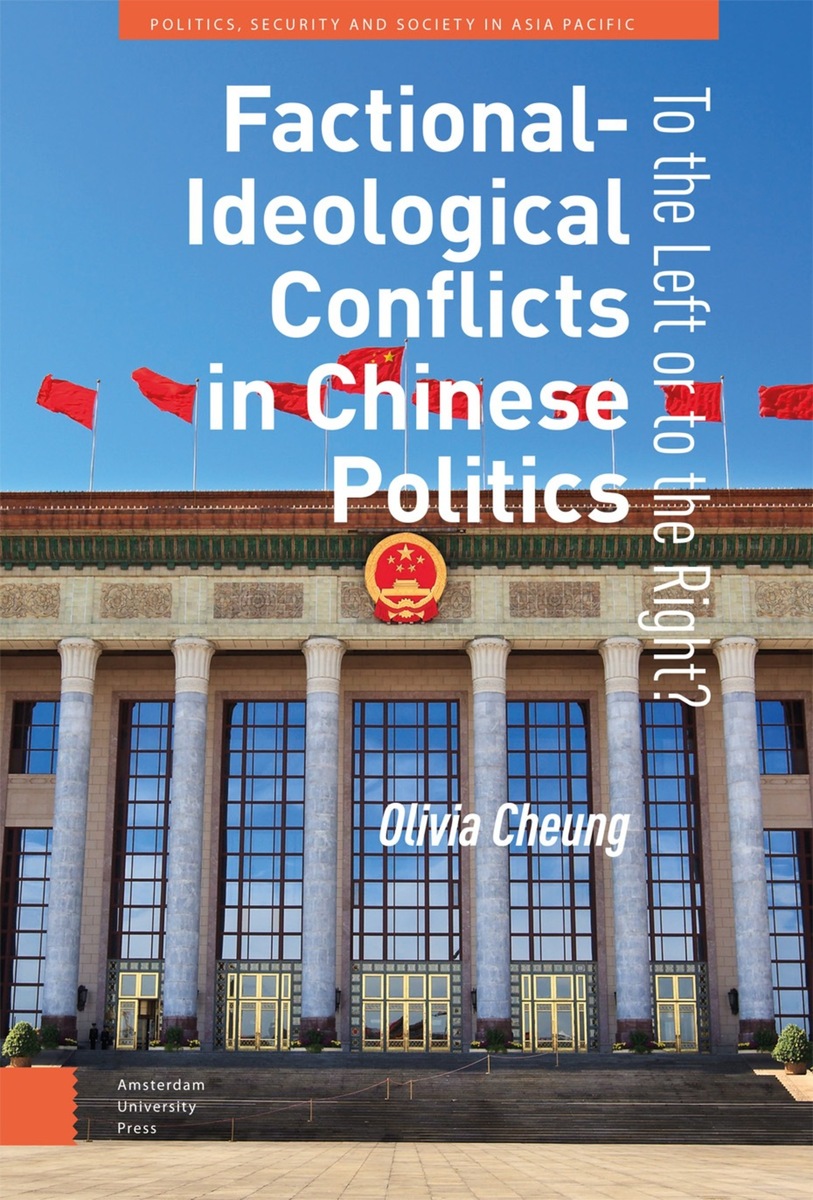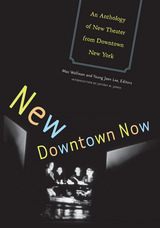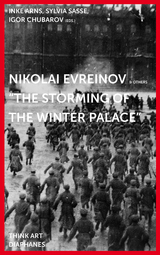Factional-Ideological Conflicts in Chinese Politics: To the Left or to the Right?
Amsterdam University Press, 2023
Cloth: 978-94-6372-029-8 | eISBN: 978-90-485-5708-0
See other books on: Chinese Politics | Communism, Post-Communism & Socialism | Left | Propaganda | Right
See other titles from Amsterdam University Press
Cloth: 978-94-6372-029-8 | eISBN: 978-90-485-5708-0
ABOUT THIS BOOK | AUTHOR BIOGRAPHY | TOC
ABOUT THIS BOOK
This book reconstructs the factional-ideological conflicts surrounding socialist transformation and political reform in China that were played out through ‘factional model-making’, a norm-bound mechanism for elites of the Chinese Communist Party to contest the party line publicly. Dazhai, Anhui, Nanjie, Shekou, Shenzhen, Guangdong and Chongqing were cultivated into factional models by party elites before Xi Jinping came to power in 2012. Although factional model-making undermined party discipline, it often did not threaten regime security and even contributed to regime resilience through strengthening collective leadership and other means. This follows that the suppression of factional model-making under Xi might undermine longer-term regime resilience. However, Xi believes that regime security rests on his strongman rule, not any benefits that factional model-making may contribute. It is in this spirit that he grooms Zhejiang into a party model for his policy programme of common prosperity, which is designed to legitimize his vision of socialism.
See other books on: Chinese Politics | Communism, Post-Communism & Socialism | Left | Propaganda | Right
See other titles from Amsterdam University Press












